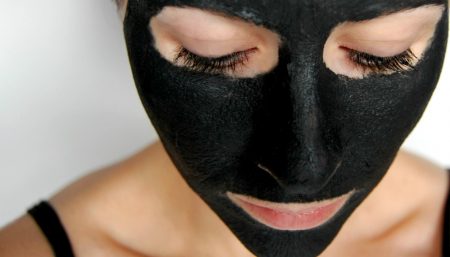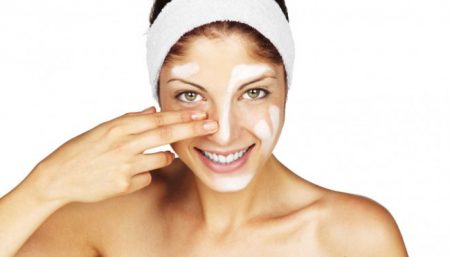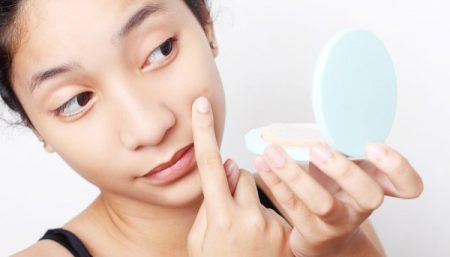While applying creams, concealers and scrubs on your skin, you might rely on products that could be doing your pores a big disservice. Using the wrong makeup or cream could actually accentuate the pimples you’re trying so hard to hide.
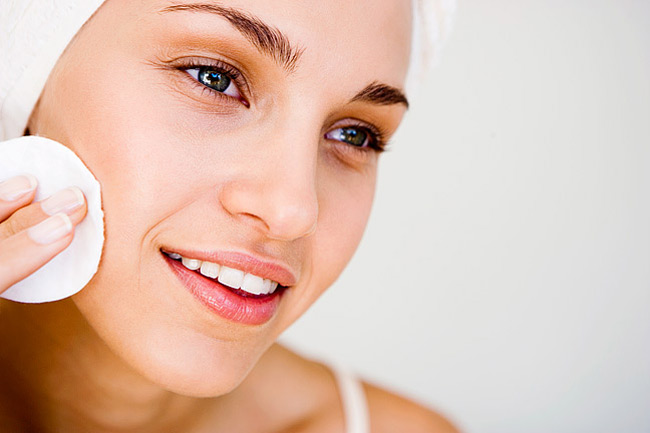
All of your makeup, from blush to eye shadow, should be non-greasy, non-comedogenic (or non-acnegenic), hypoallergenic, non-irritating, and oil-free. Read the ingredients — the very first one should be water. Another ingredient to look for is dimethicone, which also conceals redness while smoothing out uneven skin.
Choosing the Right Product
- Moisturizers: Moisturizers are an essential part of the acne skin care routine. The acne treatment your dermatologist prescribed or recommended probably contains drying ingredients like benzoyl peroxide, which can suck the moisture out of your skin and leave it looking red and irritated. A good moisturizer will keep the water in your skin and help avoid unsightly drying and peeling. Avoid heavy, greasy products that contain pimple-producing ingredients such as cocoa butter, mineral oil, or cold cream.
- Scrub: Masks and scrubs do little, if anything, to improve acne. A gentle, non-abrasive cleanser that’s formulated for your skin type (oily, dry, or combination) will do a lot more to keep your face pimple-free.
- Concealer: Applying layer after layer of cover-up when you have acne isn’t necessarily the best approach. Makeup can be very good at hiding pimples, but it can also accentuate zits if you use the wrong kind of concealer or slather it on too thickly. The redness and peeling many acne treatments leave behind can look even worse when smeared with thick makeup.
- Sunscreen: Use a broad-spectrum sunscreen with an SPF of at least 30 to protect against both UVA and UVB light. A water-based or light liquid-based gel or spray-on sunscreen is best for people who tend to get breakouts. You can also look for light lotions and powder sunscreens. Watch out for chemicals such as PABA and benzophenone, which can irritate sensitive skin. Look for physical sunscreens that contain zinc oxide or titanium dioxide.
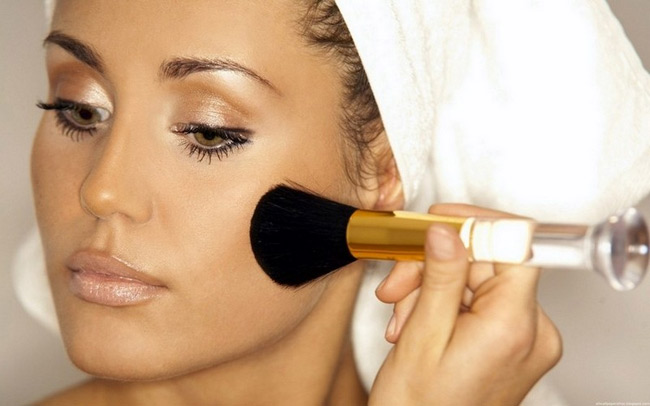
- Matte bronzer: Shimmery products can accentuate your imperfections. Stick to a matte bronzer and lightly dust some over your cheek bones and temples to give you a healthy, natural glow.
- Natural blush: The same goes for blush – natural is your best bet. A lot of people are afraid to apply blush when dealing with acne because they think it’ll bring out the redness in their skin. However, without blush your skin can look dull and flat. Add a natural color, and you’ll have a natural flush!
- Control shine: Throw some oil blotting papers in your purse so you can absorb any excess oils that accumulate on your face throughout the day.
By paying a little more attention, and tweaking your beauty routine just a little, you can not only use makeup to help cover up your blemishess, but some to help treat them as well.
Disclaimer
The Content is not intended to be a substitute for professional medical advice, diagnosis, or treatment. Always seek the advice of your physician or other qualified health provider with any questions you may have regarding a medical condition.

